Neptune Facts: The Big Blue Planet [Infographic]
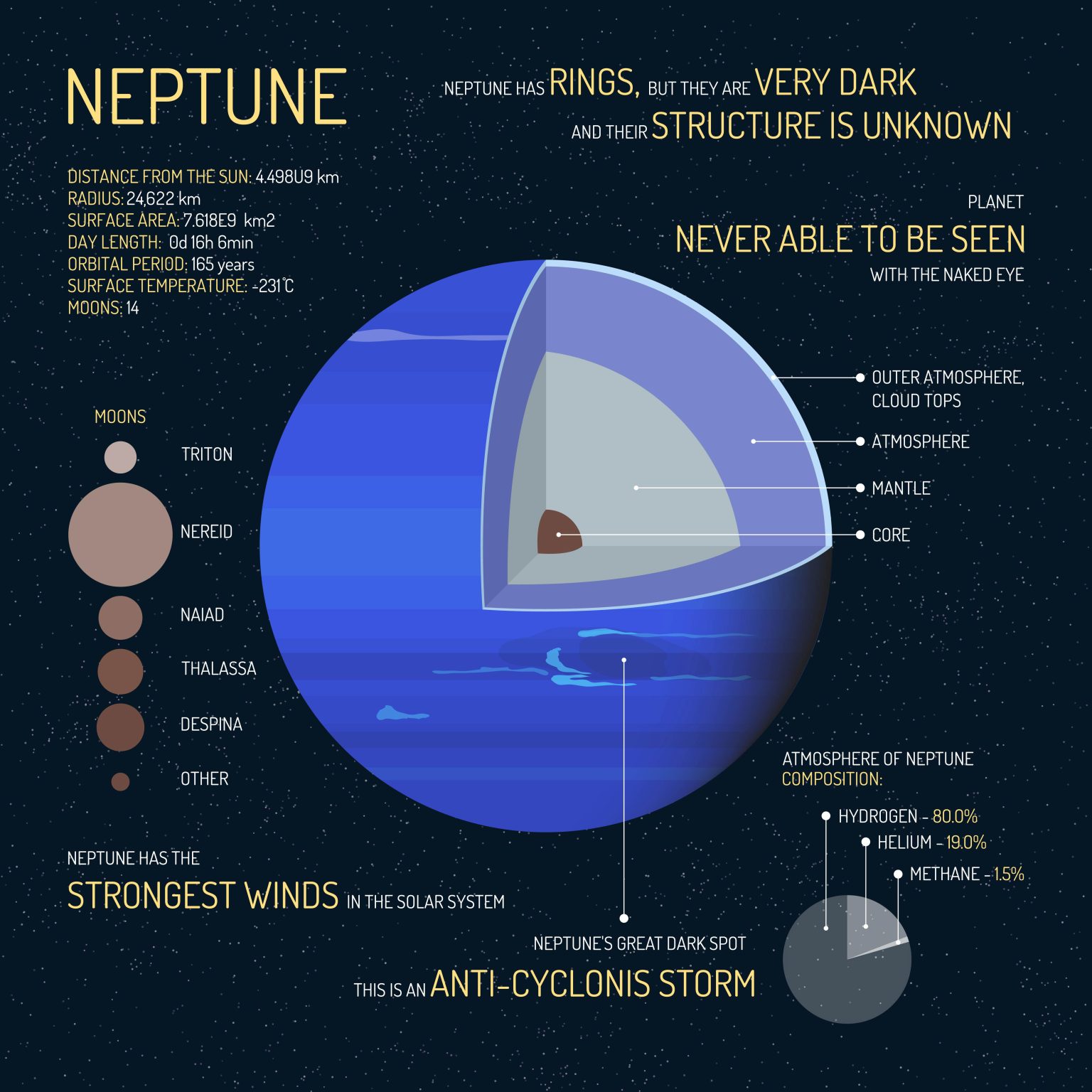
Facts About Neptune
Neptune is tilted on its axis so it has seasons like Earth. But it’s so far from the sun that it gets as cold as -231°C. Neptune has 14 moons and very faint rings.
Ever since Pluto has been demoted to a dwarf planet, Neptune has become the farthest planet from the sun.
Overall, it resembles Planet Uranus in size and atmosphere.
Do you want to learn more? Here are 5 interesting facts about Planet Neptune.
1. Neptune is the farthest planet from the sun
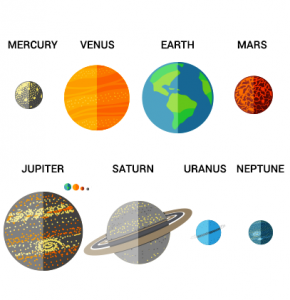
Neptune is about 4.495 billion kilometers from the center. This means that it is the farthest planet to receive solar radiation from the sun.
This is about 30 astronomical units (AU) away from Earth. Remember that Earth is just 1 AU, which is the distance from Earth to the sun.
Neptune has an orbital period of 165 years. This means that it takes 165 Earth years for one full revolution.
2. It’s tilted on its axis like Earth giving it seasons

Neptune has a tilted axis at about 29 degrees. Because of its tilt, it has seasons like Earth.
Its atmosphere changes due to the direction facing the sun.
Neptune has the strongest winds in the solar system. For example, we know that storms on Neptune spin in an anti-cyclonic direction.
3. Neptune resembles Uranus

The 2 outermost planets resemble each other in size, atmosphere, and temperature. The atmosphere of Neptune is mostly:
- Hydrogen (80%)
- Helium (19%)
- Methane (1%)
This compares to the Uranus atmosphere of hydrogen (83%), helium (15%), and methane. In terms of size:
NEPTUNE SIZE: Neptune’s radius is 24,622 km and its surface area is about 7.618 billion km2.
URANUS SIZE: Compare this to planet Uranus which had a radius of about 25,362 km and a surface area of 8.083 billion km2.
Both planets are extremely cold. For example, Neptune’s surface temperature is in the ballpark of -231°C. Meanwhile, Uranus has a minimum temperature of -224°C.
Finally, the length of a day is close to one hour apart from Uranus. On Neptune, a day length is about 16 hours and 6 minutes for a full rotation.
4. Neptune has 14 moons and dark rings
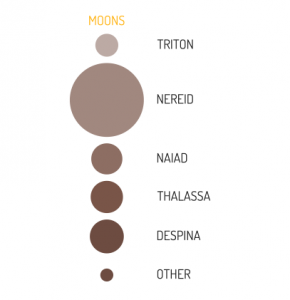
There are 14 moons whose names come from Greek mythology:
- Triton
- Nereid
- Naiad
- Thalassa
- Despina
We’ve never been able to see Neptune with the naked eye. But we do know that Neptune has rings but they are very dark and their structure is unknown.
5. Pluto is part of Neptune’s orbit
Not so long ago, Pluto was considered a planet on its own. But now Pluto has been demoted to a dwarf planet because we’ve learned more about planet Neptune’s orbit.
We now know that Pluto crosses the orbit of Neptune. For about 7% of its orbit, Pluto is actually closer to the sun than Neptune
But the reason that Neptune still remains a planet is that it had significantly more mass than Pluto. It has 8000 times more mass than Pluto.
More Neptune Facts
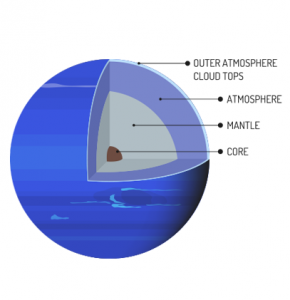
- It takes 165 Earth years for one revolution
- Orbital Period: 165 years
- Day Length: 0d 16h 6 min
- Radius: 24,622 km
- Surface Area: 7.618E9 km2
- Surface Temperature: -231°C
- The atmosphere of Neptune is Hydrogen (80.0%), Helium (19%), Methane (1%)
- Neptune has anti-cyclonic storms
Neptune Facts: The Big Blue Planet
Neptune is tilted on its axis so it has seasons like Earth. But it’s so far from the sun that it gets as cold as -231°C. Neptune has 14 moons and very faint rings.
In this article, we provided you with 5 facts about Neptune.
Did we miss any Neptune facts? If you have any questions or feedback, please use the comment form below to let us know what is on your mind.



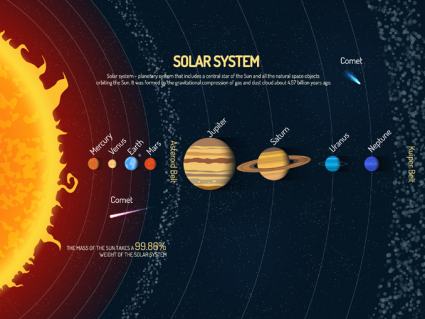
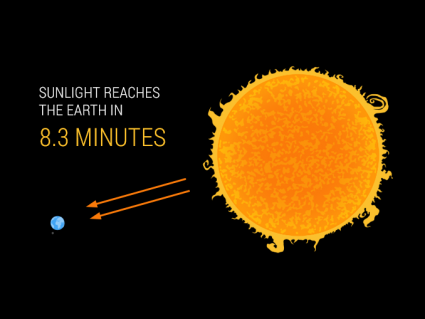
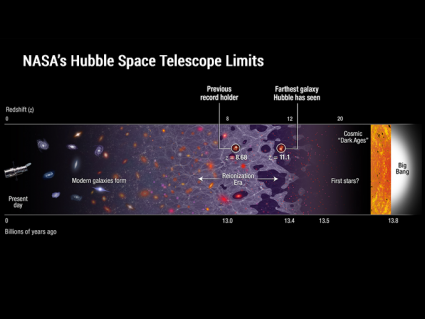

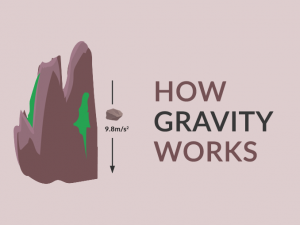
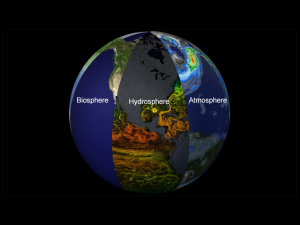
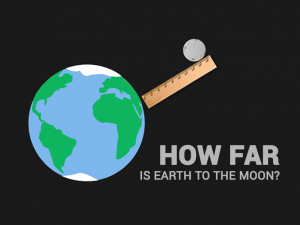
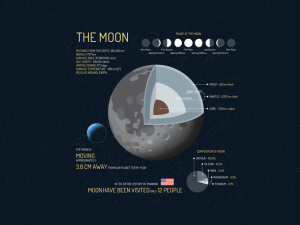

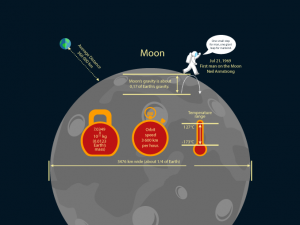
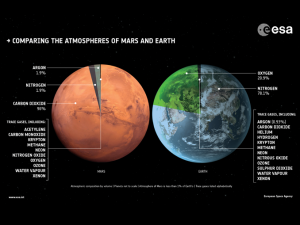
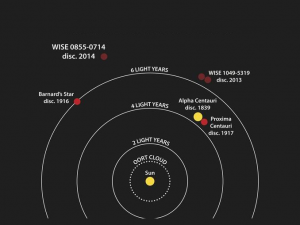
Are there any more planned space probes to Neptune? Is the USA, and China, planning to build a bigger, and more powerful telescope, than the James Webb Space Telescope?
I love it!! They did an awesome job on the graphic illustration at the beginning. Simple, modern, and educational
The moon graphic is incorrect. Triton is the largest moon
Why are the pictures at the top that size? Please interpret the pictures with realistic images.
Isnt Saturn 800 times the size of the Earth? Please depict that in the images.
thanks!